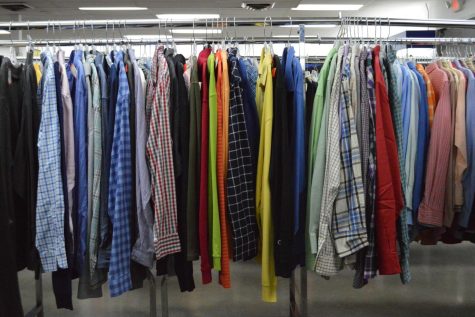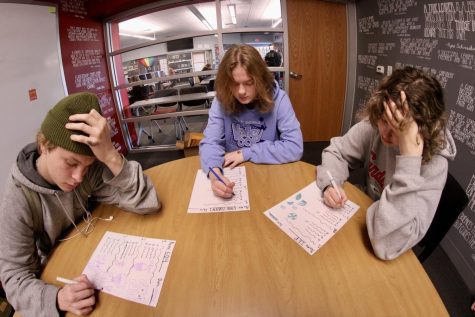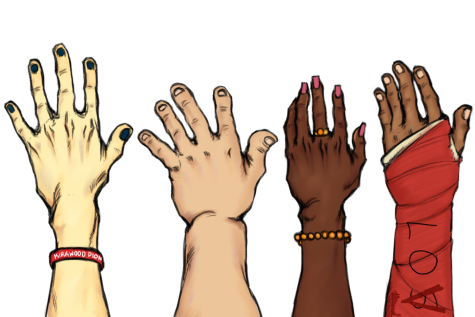STEM branches out
She stands out in the country where women are a minority group in STEM (science, technology, engineering and math) fields. She stands out at KHS, where only 15 percent of engineering students are female. Olivia Flagg-Bourke, senior, stands out in her Capstone engineering class, where she is the only girl.
Although half of the U.S. workforce is female, women only make up 29 percent of workers in STEM, according to the National Girls Collaborative Project. Women only make up 17.5 percent of civil engineers, the field Flagg-Bourke plans to pursue.
“Flagg-Bourke] has got a lot of confidence,” Michael Brown, engineering teacher, said. “She’s not afraid to speak in front of other people. She’s not afraid to walk into a room full of men, and show them how smart she is.”
Flagg-Bourke has always been interested in math, science and other hands-on fields. However, another senior, Anna Huisinga, discovered she had a passion for computer science only after taking Computer Programming I during her sophomore year.
“I liked it so much that I switched my schedule around so that I could take Computer Programming II,” Huisinga said. “Computer programming is in just about every piece of technology you use, so its applications are huge.”
Huisinga does not know exactly what she wants to do with computer programming because it is a broad field with many available opportunities. She believes the large variety of uses can interest girls and help them go into the field.
“I feel like some girls are just afraid to go into [computer science] because there’s such a stereotype on computer science that it’s these geeky video gamers sitting in the dark with headphones on not leaving for hours on end trying to finish a project,” Huisinga said. “That’s not what [computer science] is. There’s more aspects than that to it.”
Ron Sanford, computer science teacher, also believes stereotypes, such as those of women staying at home, have led men to dominate STEM fields. However, stereotypes are fading, leading to more women entering these fields, according to Sanford.
“I think like anything else, it takes time to repair [the stereotypes],” Sanford said. “I see an increase in girls taking my classes at [KHS], so I hope that that’s just the start of it.”
Despite the increase in the number of girls taking STEM classes, both Flagg-Bourke and Huisinga are in the minority in their classes. Huisinga, however, does not mind being in a male-dominated environment, as long as the people she works with work hard and respect her.
“I’ve always had a lot of guy friends, so I’m really comfortable in that field,” Flagg-Bourke said. “But it’s also kind of weird because when you’re the only girl in the room, it can be a little odd. It’s a different dynamic.”
Sanford believes girls should try out STEM classes. He said students like Huisinga can become interested in a field with many openings that way.
“There are a ton of opportunities out there in STEM fields for women who will go ahead and pursue them because right now, they are underrepresented,” Sanford said. “If you’re interested, go ahead.”
Your donation will support the student journalists of Kirkwood High School. Your contribution will allow us to purchase equipment and cover our annual website hosting costs.

Interests: Dance, violin, photography, volunteering and making breakfast
Favorite quote: “You all have a little bit of ‘I want to save...












![“[Fashion is] a means to express myself,” Ezra Birman, senior, said. “I can’t imagine a world where I didn’t dress like this.”
Art by Ally Hudson](https://www.thekirkwoodcall.com/wp-content/uploads/2022/03/ezrapolaroid-e1646944084982-475x318.png)
